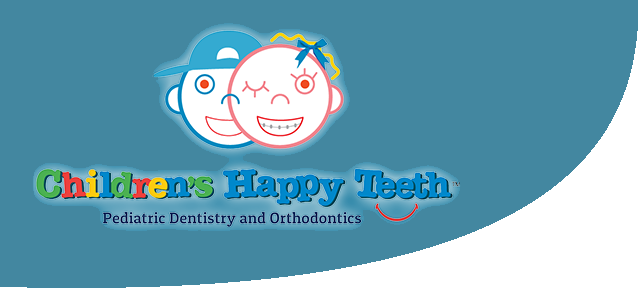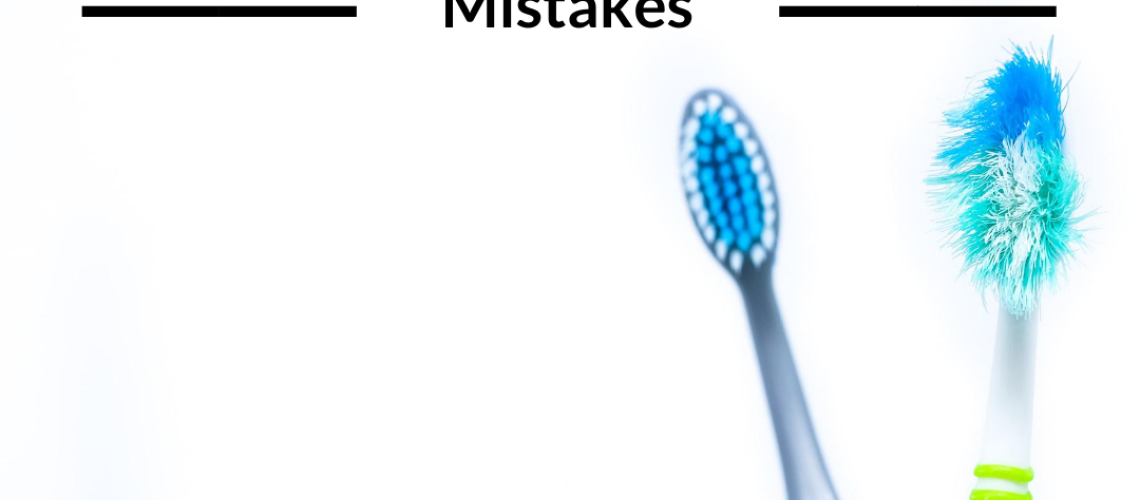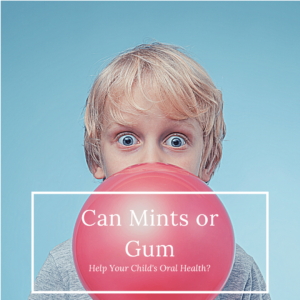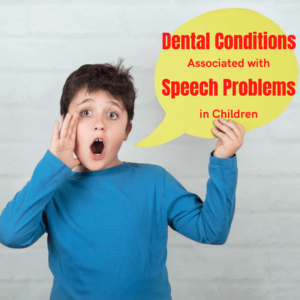As a parent, one of the most important things you can do for your child’s oral health is to teach them how to properly brush their teeth. Although your child’s dentist will also advise them on the proper technique, you are the one who is around for the daily routine. Since many children (and adults!) tend to make a few key mistakes while brushing their teeth, we have compiled a brief guide to help you help your child better brush their teeth. Listed below are some of the most common mistakes people make while brushing their teeth. It is our hope that in reviewing these mistakes you and your child can both improve your tooth brushing routine.
Mistake #1: Using the wrong toothbrush
Some people tend to make the mistake of using the wrong toothbrush. Yes, there is such a thing as the right toothbrush and the wrong toothbrush. According to the American Dental Association, the ideal toothbrush should have soft bristles and a handle that is long enough to reach the back of the mouth. Toothbrushes that have hard bristles are often not recommended since they can damage your child’s tooth enamel. To make sure you are choosing the appropriate toothbrush for your child, be sure to look for the American Dental Association Seal of Acceptance.
Mistake #2: Not brushing enough
Another common mistake many children make is not brushing enough. This could mean not brushing twice a day and/or not brushing for the full 2 minutes at a time. To help your child remember to brush twice a day, you may want to find a way to incorporate this into their daily routine so that it becomes second nature. In order to make sure that your child is brushing for at least 2 minutes at a time, setting a timer or playing a song are both ideal ways to help them.
Mistake #3: Brushing too hard

Some children tend to get a little too excited about brushing their teeth. Because of this, they may accidentally apply too much pressure and brush their teeth too hard. While your child may think that brushing harder makes their teeth cleaner, all it does is damage their enamel. Therefore, it is important that you discuss this with them. One potential sign that your child is applying too much pressure is a toothbrush that has excessively frayed bristles. Oftentimes children who brush too hard are also moving the toothbrush sideways over their teeth. Instead, they should be using a circular technique that moves the brush from the gum line to the tip of the tooth. If your child struggles with both of these things, then it may be helpful to invest in an electric toothbrush. Nowadays, many electric toothbrushes are programmed to use the proper circular technique. Many also have a pressure sensor that alerts your child when they are brushing too hard.
Mistake #4: Rinsing
After your child has finished brushing their teeth and spit their toothpaste out, oftentimes the next step is to rinse their mouth with water. However, many dentists recommend that you do not rinse your child’s mouth. This is because rinsing the mouth after brushing removes fluoride from the surface of your child’s teeth. Fluoride is an active ingredient in toothpaste that is essential to strengthen tooth enamel and prevent future plaque from accumulating on the surface of the teeth. Therefore, it is recommended to avoid rinsing so that the fluoride can remain on the teeth. However, this only works if you are using the appropriate amount of toothpaste for your child. Children under the age of 3 should only be using a grain of rice sized amount of toothpaste. Younger children between the ages of 3 and 6 should only be using a pea-sized amount of toothpaste. You also need to stress the importance of stating out the toothpaste instead of swallowing it.






